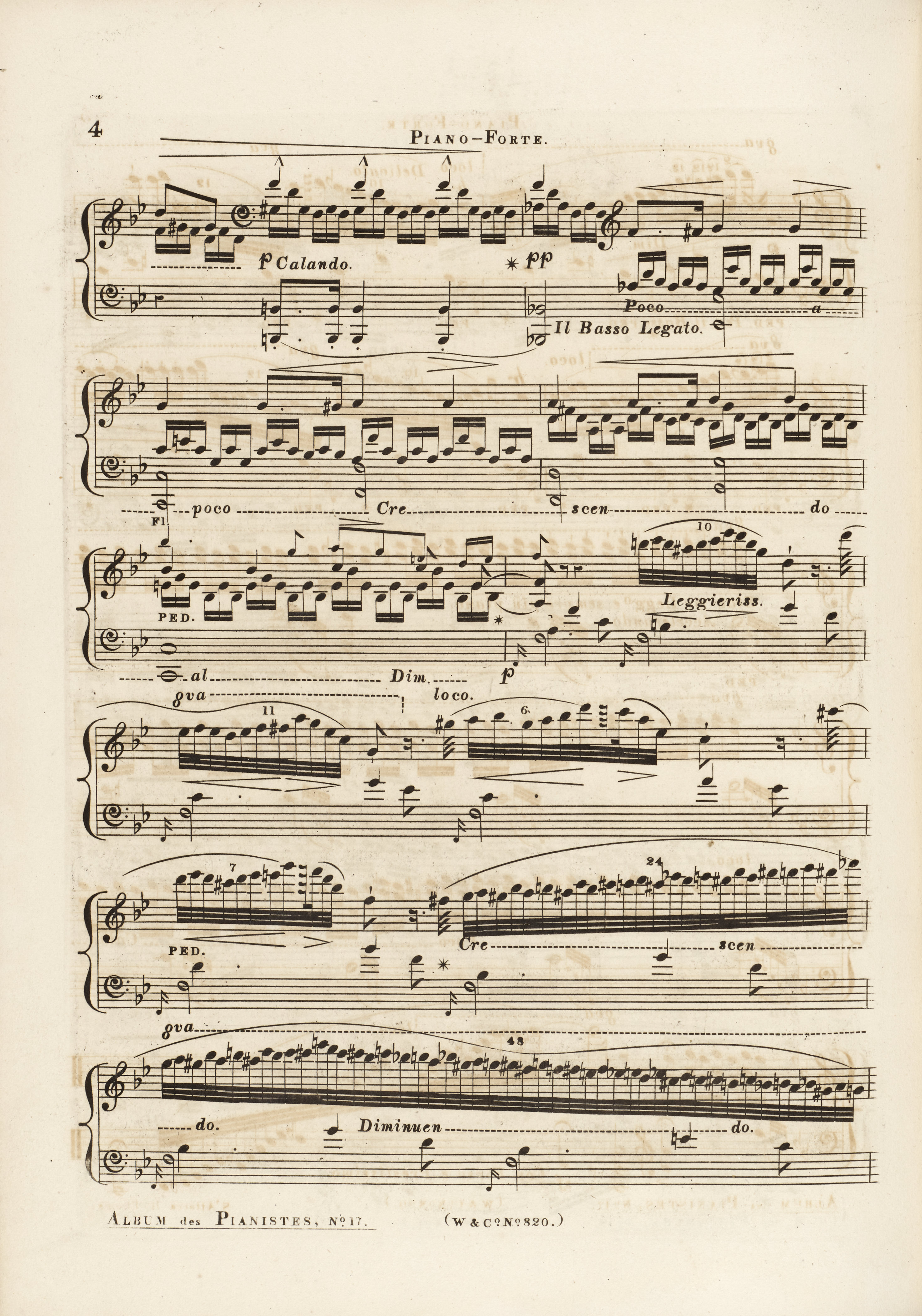



On the 2nd beat of each of these bars, the R.H. top voice is written down in AsI in twice as long rhythmic values than suggested by the time signature and the relation to the bottom voice:  . Regardless of the mistake (cf. b. 45-46), it definitely means that the last notes of both voices should be performed simultaneously. However, a change introduced into A suggests that Chopin changed his mind and opted for a calmer rhythm, which, in turn, puts a greater emphasis on the independence of the solo part and the orchestral motifs using the following rhythm:
. Regardless of the mistake (cf. b. 45-46), it definitely means that the last notes of both voices should be performed simultaneously. However, a change introduced into A suggests that Chopin changed his mind and opted for a calmer rhythm, which, in turn, puts a greater emphasis on the independence of the solo part and the orchestral motifs using the following rhythm:  .
.
Compare the passage in the sources »
category imprint: Interpretations within context; Differences between sources; Source & stylistic information
issues: Dotted rhythms and triplets
notation: Rhythm


